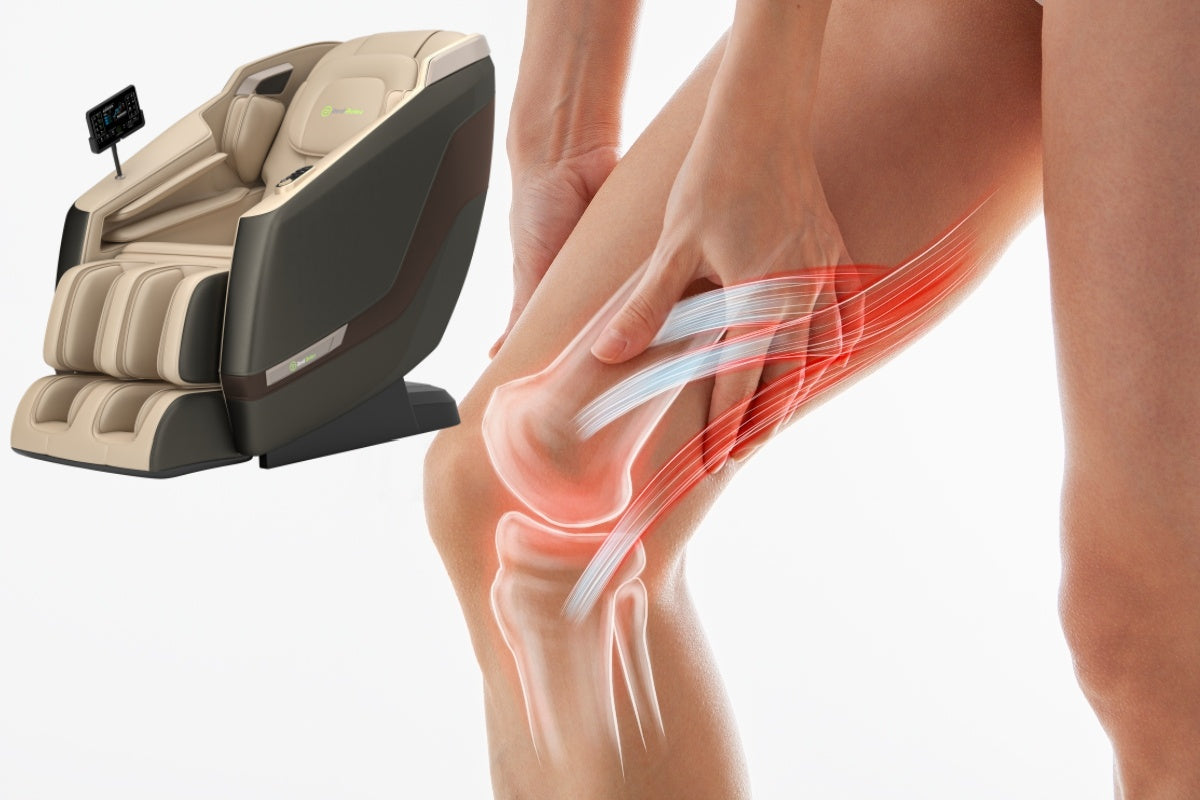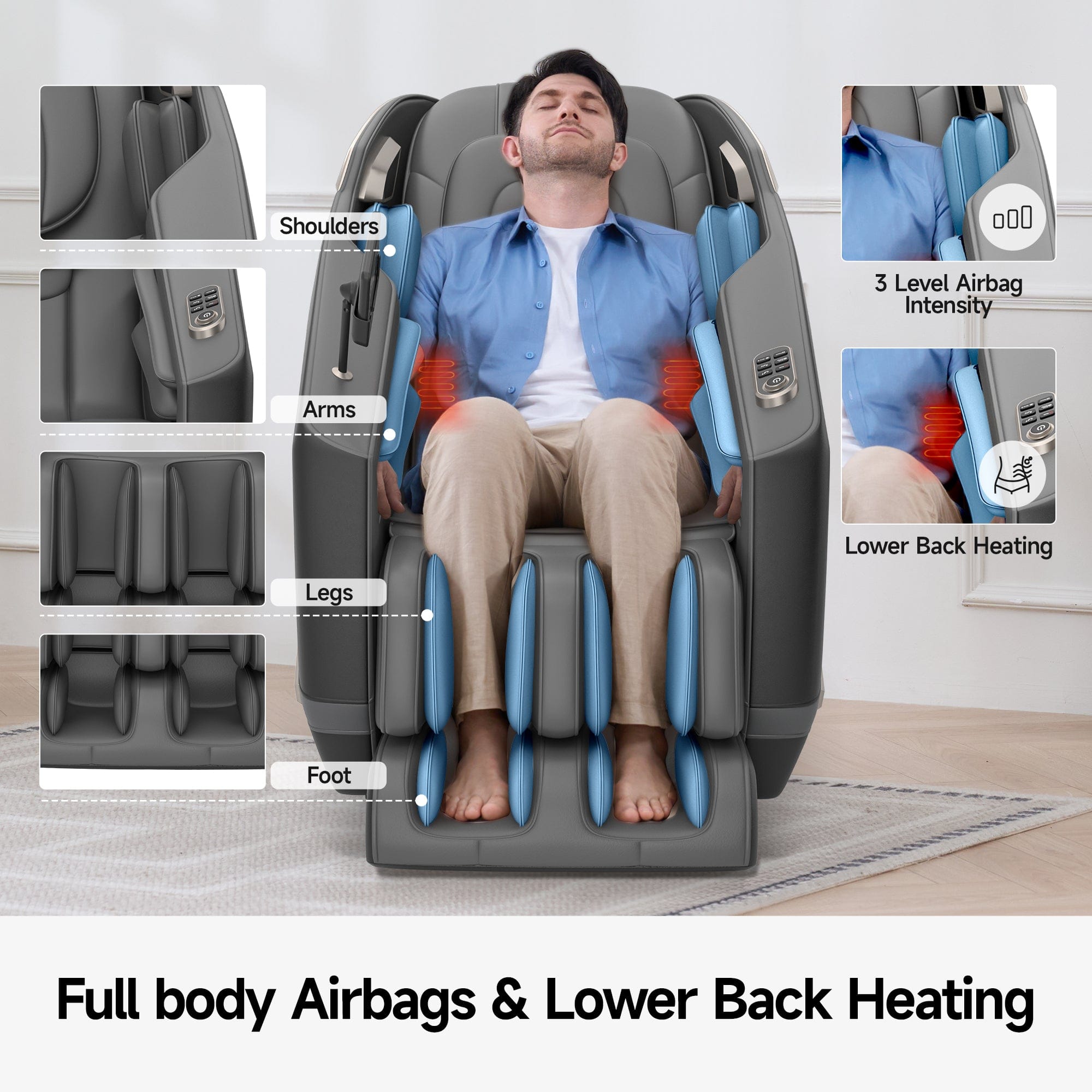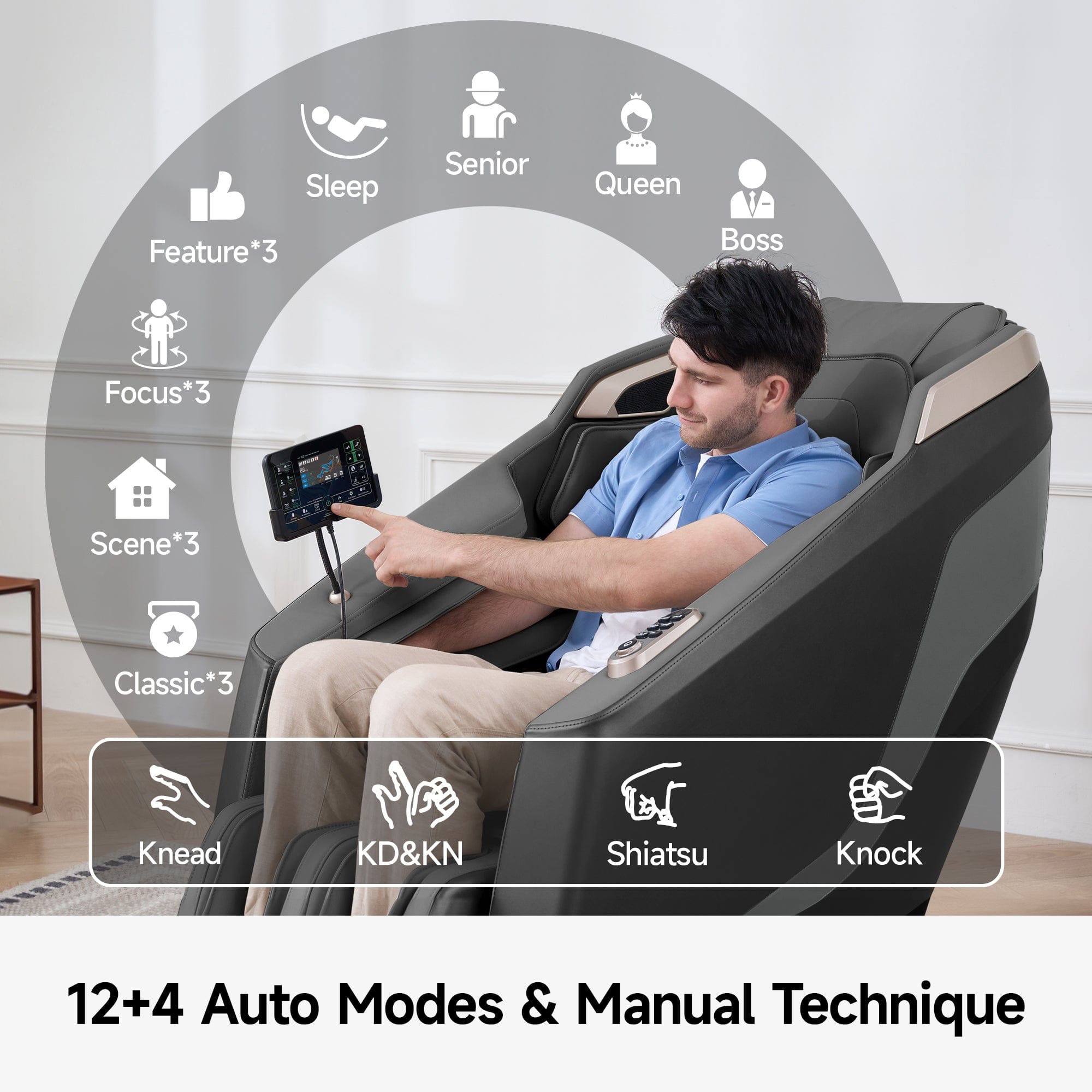Are Massage Chairs Safe for Nerve Damage?

If you’re dealing with nerve damage—whether it’s from an injury, a chronic condition like diabetes, or something else—you probably know how tricky it can be to find relief that doesn’t make things worse. One question that often comes up is: Can I safely use a massage chair if I have nerve damage? Totally fair question.
What Exactly Is Nerve Damage?
Nerve damage, or neuropathy, messes with how your nerves send signals to and from your brain. You might feel tingling, burning, numbness, or even sharp, stabbing pain—often in your hands, feet, arms, or legs. Some folks also lose muscle strength or coordination.

Now, imagine throwing a massage into the mix. While massages can be soothing, if your nerves are already confused or overly sensitive, will the massage help—or just stir things up?
What Massage Chairs Actually Do
Before we talk about safety, let’s look at what a massage chair actually does. Whether it’s a high-end massage recliner or a more compact portable massage chair, these gadgets use rollers, vibrations, airbags, and heat to mimic the hands of a massage therapist. They’re built to:
-
Loosen up tight muscles
-
Improve blood flow
-
Help you relax
-
Sometimes even reduce swelling
The fancier models—like a recliner with heat and massage or a heated recliner chair—add warming functions, which many people find super comforting.
The Pros for People with Nerve Damage
Here’s the good news: massage chairs aren’t necessarily off-limits if you have nerve damage. In fact, some people find them incredibly helpful—especially when used correctly and cautiously.
Gentle Stimulation Can Help Circulation
Poor circulation is a big deal for folks with neuropathy. A therapeutic massage chair can gently improve blood flow to affected areas without putting too much pressure on the nerves.
Heat can make a big difference.
A little warmth goes a long way when your muscles are tight or spasming. A heated recliner chair can help soothe discomfort and promote relaxation without the jarring effects of a deep-tissue massage.

Real Relax 3D Favor-23 Massage Chair with 3 level airbag intensity and heating function
Muscle Relaxation Without the Hands-on Pressure
Some people with nerve pain can’t handle direct hand pressure from a therapist. A massage recliner offers a gentler alternative that you can control—intensity, duration, and all.
But… Let’s Talk Risks
That said, massage chairs aren’t a magic pill—and they definitely don't work on everyone (or in other words, not everyone’s perfect solution).
1. Too Much Pressure Can Backfire
Some settings on massage chairs can be too intense for damaged nerves. The rollers might dig too deep, or the vibrations could trigger more pain rather than relieve it. Always start low and slow.
2. Numb Areas Might Not “Speak Up”
If you’ve lost feeling in certain areas, you might not realize when something’s too hot or too strong until it’s too late. That’s why using a chair with adjustable settings and a timer is key.
3. Medical Devices and Conditions Matter
Got a pacemaker? Metal implants? Chronic conditions like MS or severe diabetes? Always run your plan by a doctor before hopping into your massage chair, especially if it’s got strong electrical or magnetic components.
How to Use a Massage Chair Safely
If you’ve got the green light from your doc, here’s how to make your massage chair experience safer and more comfortable:
Choose the Right Chair
Look for models labeled therapeutic massage chair, massage chairs for home, or portable massage chair—these usually have customizable settings and are designed with comfort in mind. Features like heat, air compression, and reclining are big pluses.

Real Relax 3D Favor-23 Massage Chair with customizable settings
Start Soft and Stay In Control
Avoid jumping right into a deep kneading session. Use the gentlest setting first. Stick to shorter sessions (think 10-15 minutes), and see how your body responds.
Focus on Heat Over Pressure
A heated recliner chair or a recliner with heat and massage might offer the warmth and relaxation you want without the intensity that could trigger pain.
Don’t Fall Asleep in It
Tempting, we know. But especially if you have nerve damage, you should stay awake to monitor how your body’s reacting. You don’t want to wake up to burns or bruises.
Listen to Your Body
If something doesn’t feel right—even slightly—it’s okay to stop. Comfort is the goal here, not toughness.
Massage Chair Alternatives
Still unsure about a full massage chair? No worries. You can try:
A portable massage chair with lighter features
Heat-only pads or cushions
Gentle stretching exercises
A warm bath
Light, manual massage from a professional trained to work with nerve issues
So, are massage chairs safe for people with nerve damage?
They can be, if you’re smart about it. Go for a chair that lets you dial everything down to gentle mode, keep sessions short, and most importantly—talk to your healthcare provider first.
Massage chairs can be part of a broader strategy to manage nerve pain, improve your comfort at home, and maybe even help you unwind after a long day. Just make sure you're in the driver’s seat—literally and figuratively—when using one.
- Tags: heated recliner chair massage chairs for home massage recliner nerve damage portable massage chair Real Relax 3D Favor-23 Massage Chair recliner with heat and massage therapeutic massage chair
0 comments








